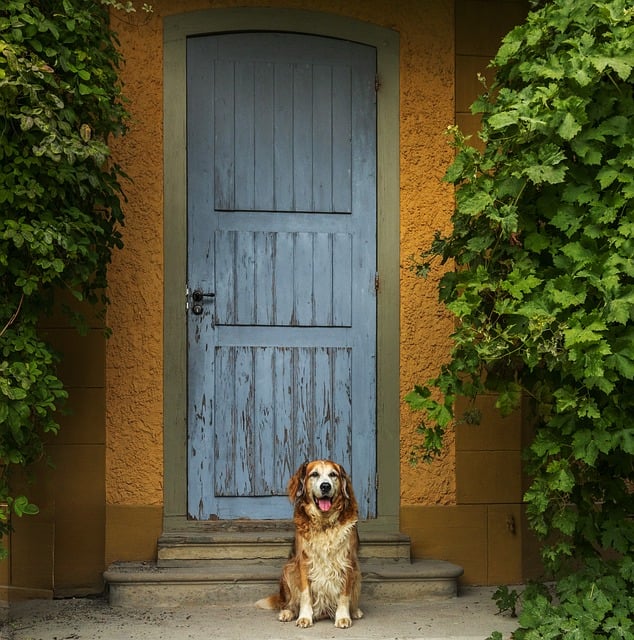the borgata ⚽ A New Era of Community Living: The Rise of Borgatas in Urban Landscapes

A New Era of Community Living: The Rise of Borgatas in Urban Landscapesthe borgata

In a world increasingly characterized by rapid urbanization and the quest for sustainable living, the concept of the borgata emerges as an innovative solution, blending tradition with modernity. This architectural and social phenomenon, initially rooted in historical communal living, has evolved into a contemporary model that addresses the pressing needs of urban dwellers. As cities grapple with population growth, resource allocation, and environmental concerns, the borgata offers a fresh perspective on community and connectivity.the borgata
At its core, a borgata encapsulates the idea of a cohesive community structured around shared spaces and resources. Unlike traditional urban planning that often emphasizes isolation through individual housing units, borgatas promote a collective lifestyle. They are designed to foster interaction among residents, encouraging a sense of belonging and collaboration. This communal approach is not merely a trend; it reflects a profound shift in how individuals perceive their living environments and their relationships with neighbors.
One of the most significant attributes of the borgata is its emphasis on sustainability. As environmental challenges escalate, the need for eco-friendly living solutions becomes paramount. Borgatas typically incorporate green architecture principles, utilizing renewable materials and energy-efficient technologies. They often feature communal gardens, which not only enhance the aesthetic appeal of the community but also contribute to local food production. This duality of purpose—beautification and sustainability—resonates deeply in an era where ecological responsibility is no longer optional but essential.the borgata
Furthermore, the borgata model champions the idea of shared resources. In a conventional urban setting, the individual ownership of amenities can lead to underutilization and waste. Borgatas, however, advocate for shared facilities such as kitchens, recreation areas, and co-working spaces. This communal resource management not only reduces costs for residents but also promotes a culture of sharing and cooperation. By pooling resources, residents can enjoy a higher standard of living while minimizing their environmental footprint.the borgata
The social implications of borgatas are equally profound. In an age where technology often fosters isolation, the design of these communities encourages face-to-face interactions. Common areas serve as gathering spots, where residents can engage in social activities, workshops, or simply enjoy each other’s company. This emphasis on interpersonal relationships is vital for mental health and well-being, addressing the loneliness that often plagues urban environments. By creating spaces where connections can flourish, borgatas pave the way for resilient communities that support one another through challenges.
Moreover, the borgata model is inherently adaptable, making it suitable for various cultural contexts. While the foundational principles of communal living remain consistent, the implementation can vary significantly based on local customs, needs, and resources. This flexibility allows for the incorporation of cultural elements that resonate with the residents, fostering a sense of ownership and pride in the community. It is this adaptability that makes borgatas an attractive option for urban planners and developers looking to create inclusive and diverse living spaces.the borgata
Borgatas also present an opportunity for economic revitalization within urban areas. By integrating local businesses and artisans into the community framework, they create a vibrant ecosystem that supports local economies. The presence of shared markets, workshops, and studios not only enhances the community's cultural fabric but also provides residents with access to goods and services that may otherwise be unavailable. This circular economy model not only benefits residents but also contributes to the overall economic health of the urban area.the borgata
Critics of the borgata model may raise concerns about the potential challenges of communal living, such as conflicts over shared resources or differing lifestyles among residents. However, these challenges are not insurmountable. Establishing clear guidelines and fostering open communication can mitigate conflicts and promote harmony within the community. Additionally, creating structures for conflict resolution can further enhance the stability of the borgata model, ensuring that it remains a viable and appealing option for urban living.
As we navigate the complexities of modern urban life, the borgata stands out as a beacon of hope. Its emphasis on sustainability, community, and shared resources offers a compelling alternative to conventional housing models. By embracing the principles of the borgata, urban dwellers can cultivate a lifestyle that is not only more connected and fulfilling but also responsive to the environmental challenges of our time.the borgata

In conclusion, the rise of the borgata signifies a transformative shift in how we approach community living in urban settings. By prioritizing collaboration, sustainability, and social interaction, borgatas offer a blueprint for a new era of living that resonates with the aspirations of contemporary society. As more individuals seek meaningful connections and environmentally responsible lifestyles, the borgata model may well become a cornerstone of future urban development, reshaping our cities into thriving, interconnected communities.
Fale conosco. Envie dúvidas, críticas ou sugestões para a nossa equipe através dos contatos abaixo:
Telefone: 0086-10-8805-0795
Email: portuguese@9099.com


